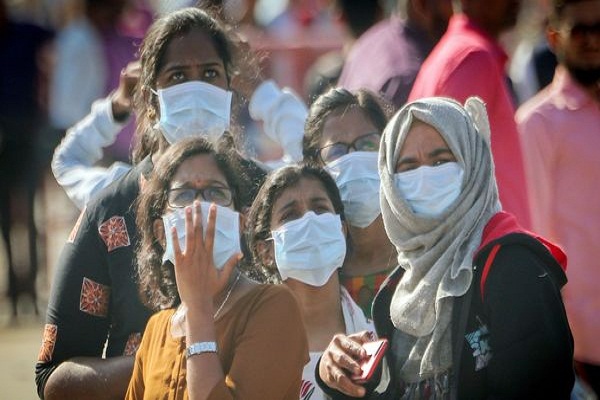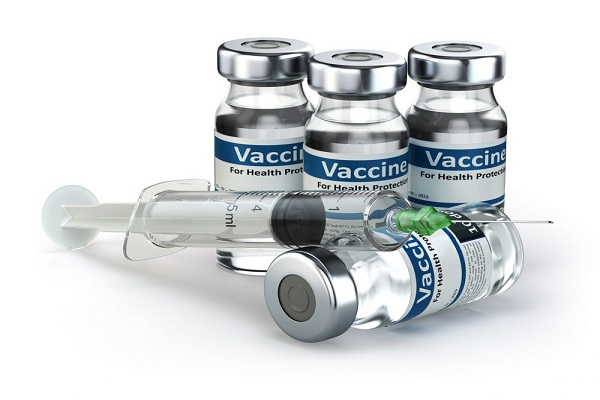
More than eleven lakh new patients get afflicted with cancer each year in India. This figure is predicted to almost double by 2040 as a result of demographic and epidemiological changes and improved access to diagnostics.
In 2018, about 311,000 women died from cervical cancer worldwide, with more than 85% of these deaths occurring in less developed nations. An alarming fact is that more women die of cervical cancer in India than any other country. This disease is often not identified until it is in an advanced state due to lack of awareness about the benefits of screening for early detection and prevention. Most of these deaths are unnecessary because, with regular screening, cervical cancer is entirely preventable. Early diagnosis also translates into better treatment outcomes.

Typical symptoms of cervical cancer include heavy menstrual bleeding, bleeding after intercourse, foul-smelling discharge, or pain in the legs. What might appear to be routine period problems in a woman may signal cervical cancer, but these symptoms many times tend to be ignored.

A pap smear is the most common cervical cancer screening test which involves collecting cells from the cervix. This is a simple outpatient procedure performed by a doctor. The benefit of this test is that it can detect even minor changes in the cervical cells, that may suggest the possibility of the patient developing cervical cancer in the coming years. Detecting these abnormalities early with a pap smear test means one can halt the onset of cancer.

In most cases, cervical cancer is caused by a sexually transmitted infection called human papillomavirus (HPV). Therefore, it is important to undergo cervical cancer screening even if you have been having sexual intercourse with a single partner. Having multiple partners increases the risk of cervical cancer.

The guidelines by US Preventive Services Task Force (USPSTF) and the American College of Obstetricians and Gynecologists (ACOG) recommend screening by cytology (Pap smeartest) every three years. However, a “co-test” is much preferred, which involves Pap test with HPV DNA by PCR every five years for women between 30-65 years. Conducting these two tests every five years results in better compliance, reduces the cost and effort of testing, and ensures low risk of developing cervical cancer.
After undergoing Pap smear test, a woman can go about her daily routine without any restrictions. The samples are transferred to a laboratory where they are examined under a microscope to look for characteristics in the cells that indicate cancer or a precancerous condition. Depending on the type of Pap testing one is undergoing, the doctor transfers the cell sample collected from the cervix into a container holding a special liquid to preserve the sample (liquid-based Pap test) or onto a glass slide (conventional Pap smear).
The country needs a national mission to battle cervical cancer by screening all women from a completely preventable form of cancer. Why should thousands of women die needlessly from cervical cancer when its cause and pathogenesis are well known and actionable with timely intervention.
(Disclaimer: Writer is Dr. Kirti Chadha, Sr. Vice President with Metropolis Healthcare Ltd. Views expressed are a personal opinion.)
Be a part of Elets Collaborative Initiatives. Join Us for Upcoming Events and explore business opportunities. Like us on Facebook , connect with us on LinkedIn and follow us on Twitter , Instagram.
"Exciting news! Elets technomedia is now on WhatsApp Channels Subscribe today by clicking the link and stay updated with the latest insights!" Click here!
















